
Maria Temming
Assistant Managing Editor, Science News Explores
Maria Temming is the Assistant Managing Editor at Science News Explores. Maria has undergraduate degrees in physics and English from Elon University and a master's degree in science writing from MIT. She has written for Scientific American, Sky & Telescope and NOVA Next. She’s also a former staff writer at Science News.

All Stories by Maria Temming
-
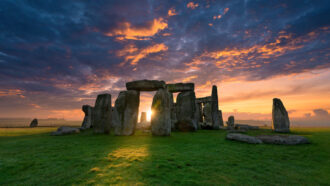 Archaeology
ArchaeologyLet’s learn about Stonehenge
Questions remain about exactly who built Stonehenge and why. But some details are known about the site’s origins.
-
 Chemistry
ChemistryScientists Say: Rare earth element
Rare earth elements aren’t all that rare — but skyrocketing demand for these metals makes them precious.
-
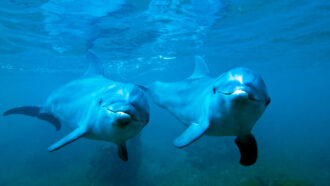 Animals
AnimalsToothed whales use their noses to whistle and click
Much as people do, toothed whales, such as dolphins and sperm whales, make noises in three different vocal registers.
-
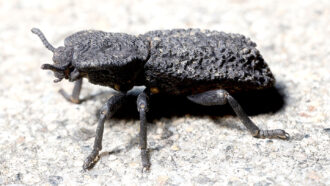 Animals
AnimalsLet’s learn about beetles’ survival superpowers
Some beetle species can survive extreme pressure, dehydration or even getting eaten.
-
 Physics
PhysicsScientists Say: X-ray
X-rays are a type of light that doctors use to image the inside of the body. Astronomers use X-rays to explore the cosmos.
-
 Climate
ClimateLet’s learn about why summer 2023 was so hot
Human-caused climate change has played a big role in this summer’s historic heat.
-
 Tech
TechScientists Say: Fiber optic cable
Whether you’re reading these words on a phone, computer or other device, you may have fiber optic cables to thank.
-
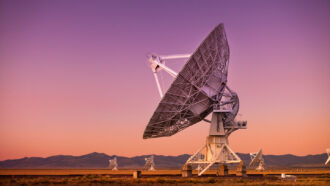 Physics
PhysicsScientists Say: Radio Waves
Lightning, stars, supermassive black holes and more give off radio waves.
-
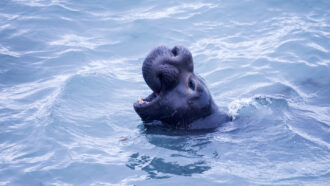 Animals
AnimalsNorthern elephant seals snooze only two hours a day at sea
These marine mammals sleep only minutes at a time on months-long trips at sea.
-
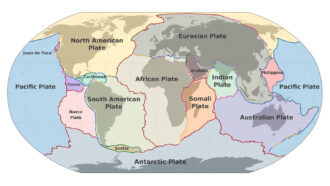 Earth
EarthScientists Say: Tectonic Plate
Tectonic plates are giant slabs of rock that make up Earth’s outer layer.
-
 Math
MathScientists Say: Parabola
A parabola is a U-shaped curve, where every point along that curve is the same distance from another point and a line.
-
 Physics
PhysicsScientists Say: Explosion
Explosions happen when chemical or nuclear reactions blow out a lot of heat, noise and expanding gas.